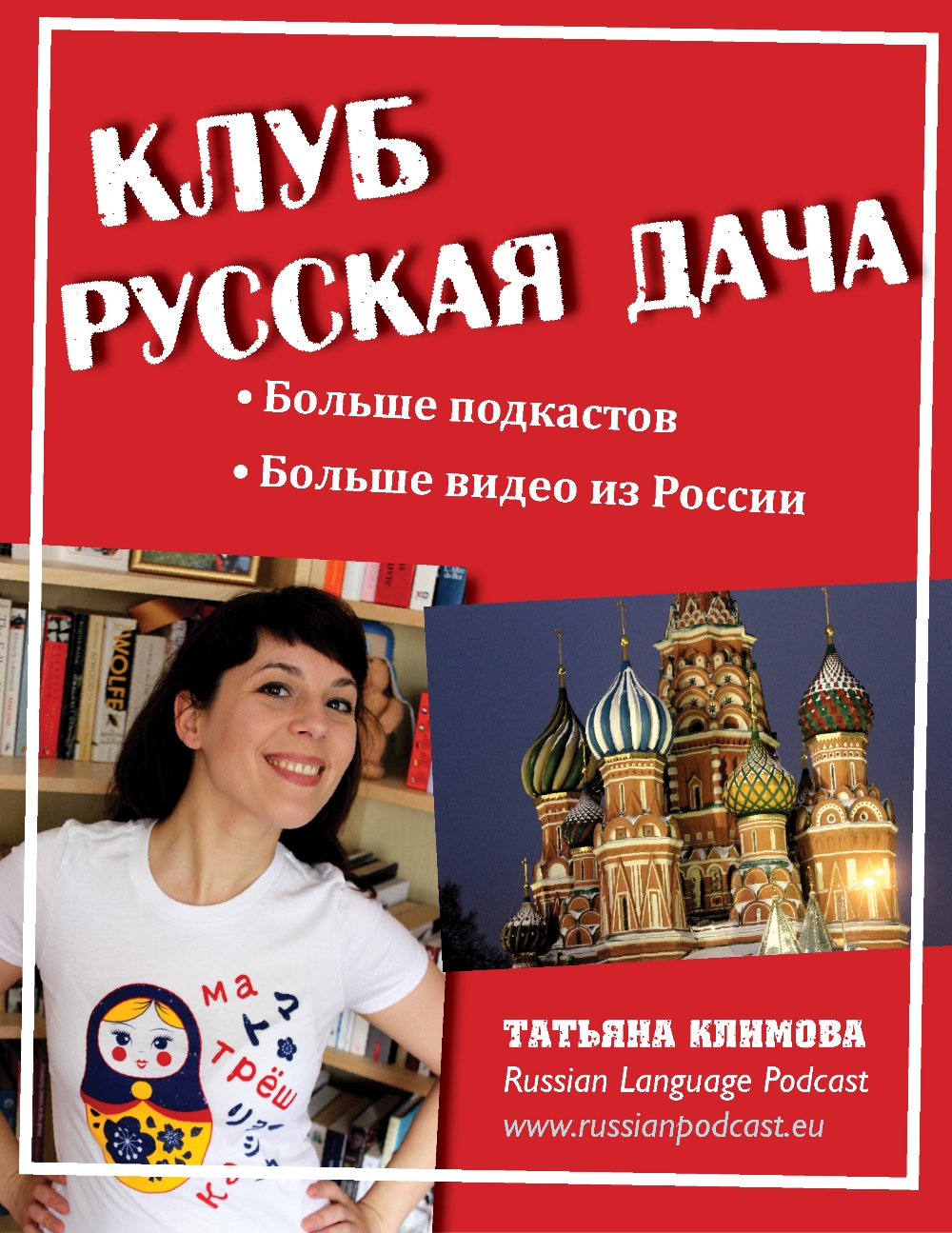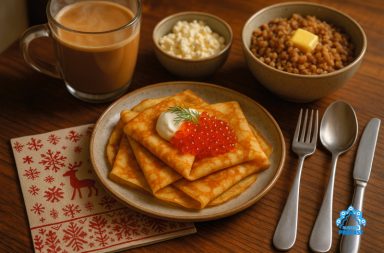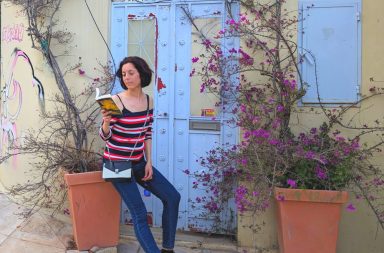В январе этого года мы всей семьёй посетили Коломну. Этот город находится в 100 километрах от Москвы. Туда можно доехать на поезде или на машине. В Коломне очень приятный старый центр города, где много магазинов, маленьких музеев, памятников архитектуры.
In January of this year we did a family trip to Kolomna. The city is situated in 100 kilometres from Moscow and can be easily reached by train or by car. Kolomna boasts a nice historical centre with numerous shops, small museums and monuments.
А если вы сладкоежка (любите сладкое), вам понравится местное лакомство (вкусная вещь) – пастила. Это что-то вроде мягкого сладкого печенья из яблок. После Революции традиция пастилы в Коломне угасла, но с 2010 годов производство снова стало активным, открылся музей, появились мастер-классы. А знаете, кто «помог» историкам восстановить старинный рецепт пастилы? Софья Андреевна Толстая, жена Льва Толстого. В одной из её кулинарных книг был записан рецепт «пастила Толстых». Пастилу в России также делают в Белёве (около Тулы), но именно Коломну считают родиной этой сладости.
And if you are a sladkoyezhka (you have a sweet tooth), you’ll like pastila, the local specialty, kind of soft sweet biscuit made of apples. After the Russian Revolution the pastila tradition in Kolomna disappeared. However, in 2010, the city relaunched its production, opened a museum and even started offering master-classes. Guess who “helped” historians to restore the old recipe? Sofia Andreyevna Tolstaya, the wife of Leo Tolstoy. One of her cooking books contained the recipe named “pastila of the Tolstoy family”. In Russia, pastila is also produced in Belyov (near Tula), but it’s still considered to first have appeared in Kolomna.

В Средневековье пастилу делали на меду, а в 17 веке в России появился сахар, и рецепт был изменён. В Коломне было много яблочных деревьев, а остатки яблок нужно было как-то использовать. Самый популярный здесь сорт яблок – антоновка. Сегодня пастилу едут пробовать гурманы со всей России, лакомство увеличило количество туристов в Коломну в два с половиной раза.
Ингредиенты настоящей пастилы: яблоки, сахар, яичный белок. Вот и всё. Пастильщик (или пастильщица) может добавить в яблочную пастилу ягоды: бруснику, малину, рябину, клубнику. Есть и пастила с орехами и мёдом. Яблочная паста кладётся на деревянные рамки и готовится в традиционной русской печи. Весь этот процесс можно изучить в Музее Фабрики Пастилы
In the Middle Ages pastila was produced with honey. In the 17th century sugar made its appearance in Russia; the recipe changed. Kolomna has always had a great amount of apple trees, the most popular of which, Antonovka is used for pastila production. Today gourmets from all around Russia come here to enjoy pastila. Thanks to this treat, the number of tourists increased 2,5 times.
The ingredients of the true pastila are: apples, sugar and egg-white. That’s it. A pastilshik (or pastilshitsa) can add to apple paste some berries: cowberries, raspberries, ashberries, strawberries. Honey and nuts pastila can also be found. The apple paste is spread on wooden frames and cooked in a traditional Russian oven. All this process can be seen in the Museum Pastila Factory.

В сувенирных магазинах коробочки с названием «пастила» продают по всему городу. Но эта пастила очень сладкая и больше похожа на обычный зефир. Настоящую пастилу можно попробовать, например, в магазинчике Музея Пастилы (ул. Полянская 4) напротив невероятной красоты старообрядческой церкви. Пастила ручной работы продаётся в очень красивых картонных коробочках, тоже сделанных в Коломне вручную. Хотя я не люблю сладкое, эта пастила мне понравилась: она не слишком сладкая, с приятным кислым вкусом. Ещё один плюс: её можно хранить вне холодильника долгое время. Отличный подарок для друзей и… для себя!
Друзья, не забывайте, что слишком много сахара вредно для вашего здоровья.
Souvenir shops all around the city sell boxes with “pastila” written on them. However, this pastila is very sweet, it looks and tastes like ordinary marshmallows. The authentic pastila can be tasted, for example, in the Pastila Museum shop (Polyanskaya 4), in front of the incredibly beautiful Old Believers Church. Hand made pastila is sold in lovely card boxes, also produced by hand in Kolomna. Though I don’t really like sweet food, I enjoyed this pastila. It’s not too sweet, with a pleasant sour taste. Another advantage: it can be kept outside the fridge for a long time. Great present for your friends and… for yourself!
My friends, don’t forget that too much sugar is bad for your health.








